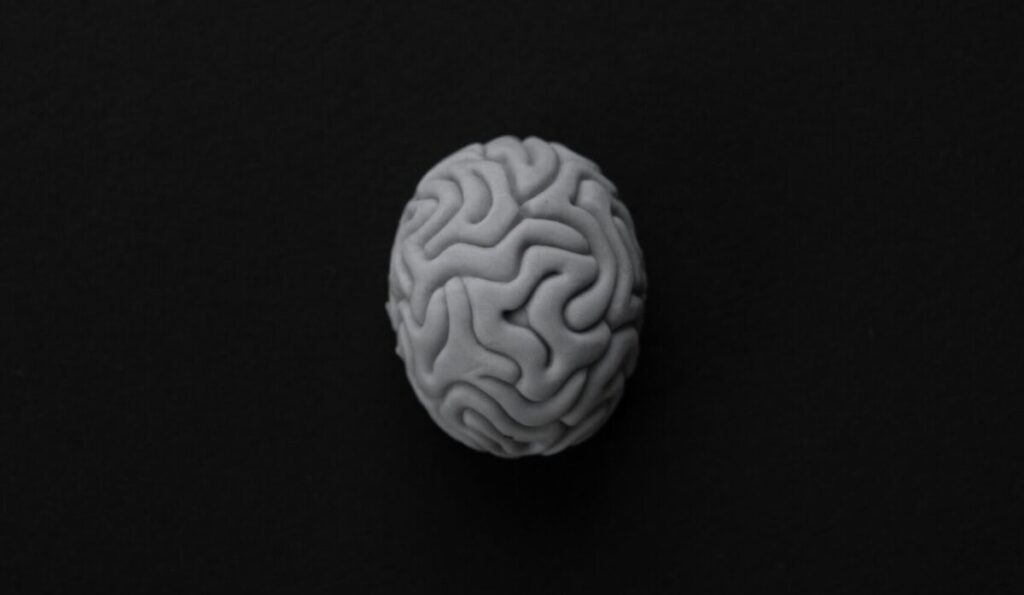
In the beginning, Dr. John Gottman’s research was devoted to the discovery of reliable patterns in observational data.
He wanted to see if there were indeed patterns of behavior, or sequences of interactions, that could discriminate happy from unhappy couples.
It was not at all clear that these patterns existed. Dr. Gottman and his colleagues began developing the math for sequential analysis, which now is a well-developed methodology.
They began discovering consistent sequences that differentiated happily married from unhappily married couples, which Dr. Gottman wrote about in a book, called Marital Interactions: Experimental Investigations.
Early Research and Findings
In the 1970’s, systematic observation of couples started in the Gottman lab. Psychology at that time was having a great deal of difficulty establishing reliable patterns in the personality of one individual. Advice suggested that psychologists should not study couples, because of the unreliability in studying one person might be squared by studying two people. That advice was wrong. Dr. Gottman showed that there was tremendous regularity in a couple over time.
In a series of research studies, Dr. Gottman developed new observational coding systems with his colleagues, and the lab applied brand new methods for studying sequences of interaction. They built a device called a “talk table,” in which people could interact and also rate how positive or negative their intentions were and how positive or negative were the impacts of the messages they received.
Collaboration with Robert Levenson
In 1975, Robert Levenson and John Gottman teamed up to combine the study of emotion with psycho-physiological measurement and a video-recall method that gave them rating dial measures of how people felt during conflict. They discovered Paul Ekman and Wallace Friesen’s Facial Affect Coding System (FACS), and Dr. Gottman subsequently developed the Specific Affect Coding System (SPAFF).
Dr. Gottman began applying time-series analysis to the analysis of interaction data. He wrote a book on time-series analysis to explain these methods to psychologists, and developed some new methods for analyzing dominance and bidirectionality with his colleagues. In 1980, Dr. Gottman and Levenson received their first grant together and began attempting to replicate their observations from their first study.
The Gottman lab at the University of Illinois also studied the linkages between marital interaction, parenting, and children’s social development (with Lynn Katz), and later at the University of Washington involved studying these linkages with infants (with Alyson Shapiro). Learn more about the research on parenting.
Divorce Prediction Studies
Gottman and Levenson discovered that couples interaction had enormous stability over time (about 80% stability in conflict discussions separated by 3 years). They also discovered that most relationship problems (69%) never get resolved but are “perpetual” problems based on personality differences between partners. Learn more about the research on marriage and couples.
In seven longitudinal studies, one with violent couples (with Neil Jacobson), the predictions replicated. They could predict whether a couple would divorce with an average of over 90% accuracy, across studies using the ratio of positive to negative SPAFF codes, the Four Horsemen of the Apocalypse (Criticism, Defensiveness, Contempt, and Stonewalling), physiology, the rating dial, and an interview they devised called the Oral History Interview.
Creation of the Love Lab
In 1986, John Gottman and his colleagues built an apartment laboratory at the University of Washington that was dubbed the “Love Lab” by the media. This is where they discovered the basis of friendship and intimacy and its relation to conflict in their Bids and Turning Coding System. With that work they discovered how couples create and maintain friendship and intimacy and how it’s related to conflict.
When 14-year longitudinal data became available Levenson & Gottman discovered a second dysfunctional pattern, emotional disengagement. It was marked by the absence of positive affect during conflict (no interest, affection, humor, or empathy). Now they could predict not only if a couple would divorce, but when. Couples who had the Four Horsemen divorced an average of 5.6 years after the wedding, while emotionally disengaged couples divorced an average of 16.2 years after the wedding.
Research on Same-Sex Couples
Levenson and Gottman also conducted a 12-year study of gay and lesbian couples, work they published in two papers in the Journal of Homosexuality. The research demonstrates that all couple types—straight or gay—have many of the same problems and the same paths to staying happy together. But research has shown that there are also some qualities of strength (like humor and ability to calm down during a fight) that are especially key to same-sex couples. Read more about this research in the Journal of Homosexuality here, and learn more about our research on same-sex couples.
The Sound Relationship House Theory and The Gottman Institute
In 1994, Dr. Gottman began working with his wife, clinical psychologist Dr. Julie Schwartz Gottman, developing the Sound Relationship House (SRH) theory and interventions based on John’s research. Together, they designed both proximal and distal change studies. In a proximal change study, one intervenes briefly with interventions designed only to make the 2nd of two conflict discussions less divorce prone. In one of these studies they discovered that a 20-minute break in which couples stopped talking and just reading magazines (as their heart rates returned to baseline) dramatically changed the discussion so that people had access to their sense of humor and affection.
In 1996, Drs. Julie and John Gottman co-founded The Gottman Institute to bring this research to the world. We are committed to an ongoing program of research that increases the understanding of relationships and adds to the development of interventions that have been carefully evaluated.

